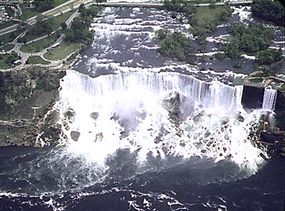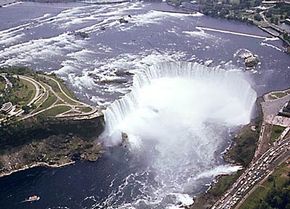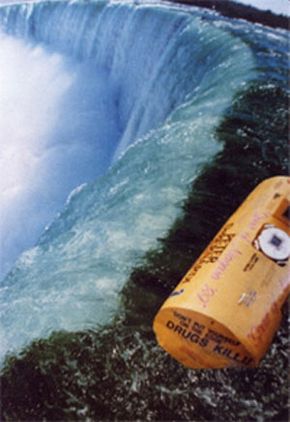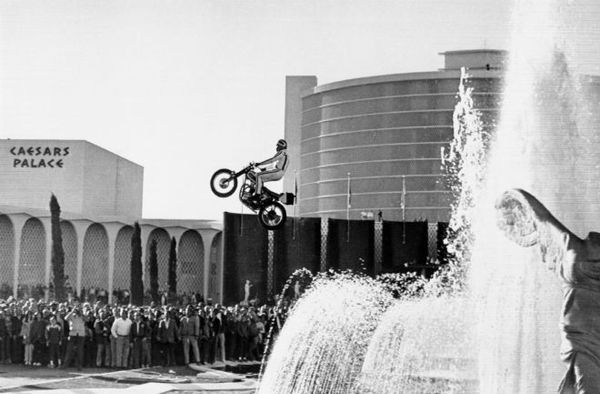It is said that Niagara Falls has a hypnotic allure that gives some people the uncontrollable urge to jump in and join the powerful, swirling waters. Officials say that they recover an average of 20 people per year who chose Niagara Falls as the place to end their lives. But there are those who choose to go over the Falls in the name of adventure, not suicide.
What does it take to go over Niagara Falls and live to tell about it? A thorough knowledge of physics? Luck? Total lack of fear? Since 1901 (and probably even earlier), 16 people have gone over the Falls in the name of adventure -- the most recent in 2012. Their desire to experience the thrill has sent them to the edge of the Falls and down the 170-foot (52-meter) drop into the swirling, icy waters below.
Advertisement
Of those 16, 11 have survived, and two men actually went over the falls and survived twice. Some of these daredevils spent thousands of dollars -- their life savings, in most cases -- building barrels and other craft to protect themselves during the horrific plunge into rocks and rapids. Others went over with no protection at all.
In this article, we'll look at these daredevils and see how they devised a protective shell to face the falls. We'll also examine what the lucky ones did that may have helped them to survive.
Advertisement





















